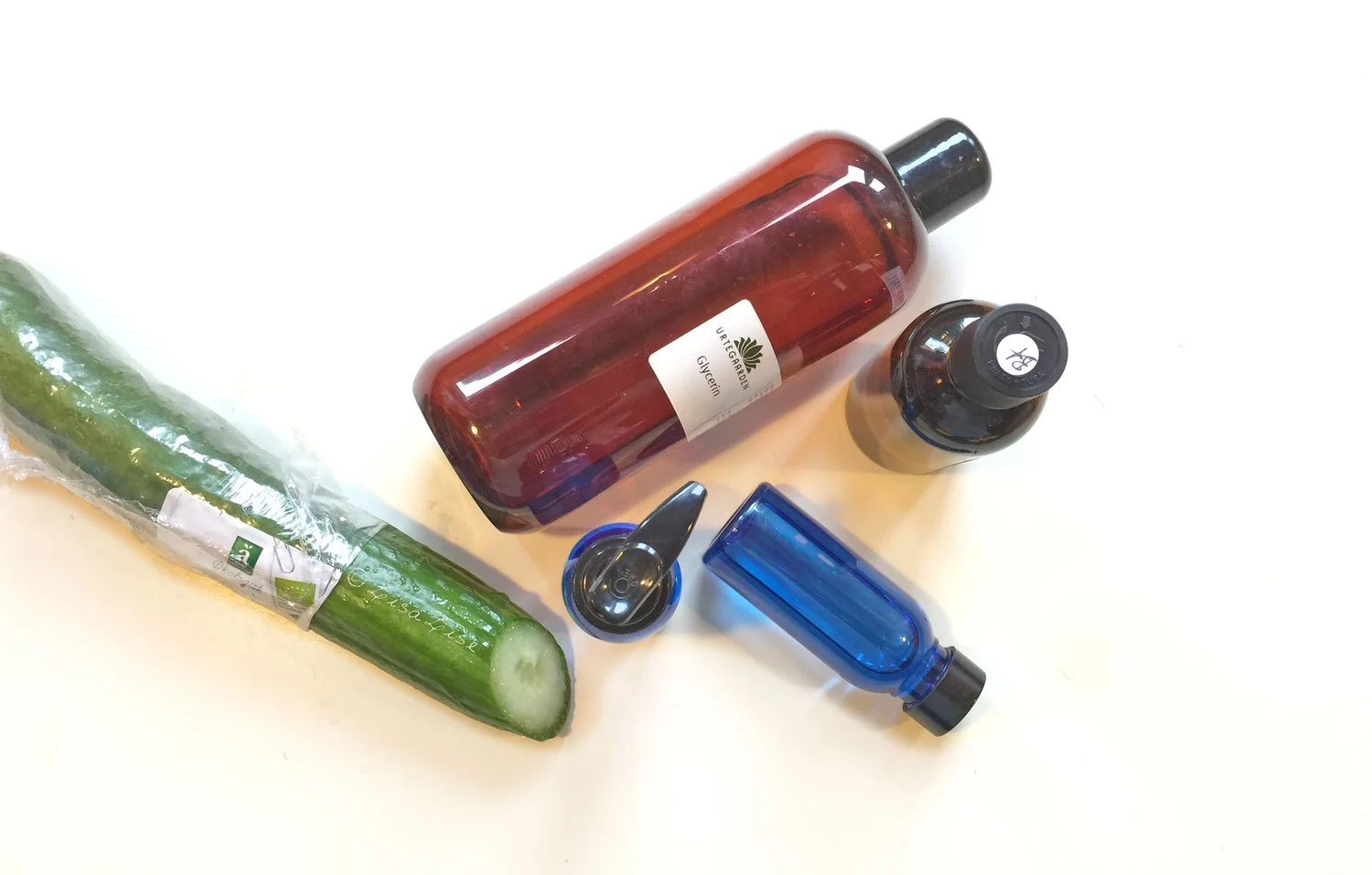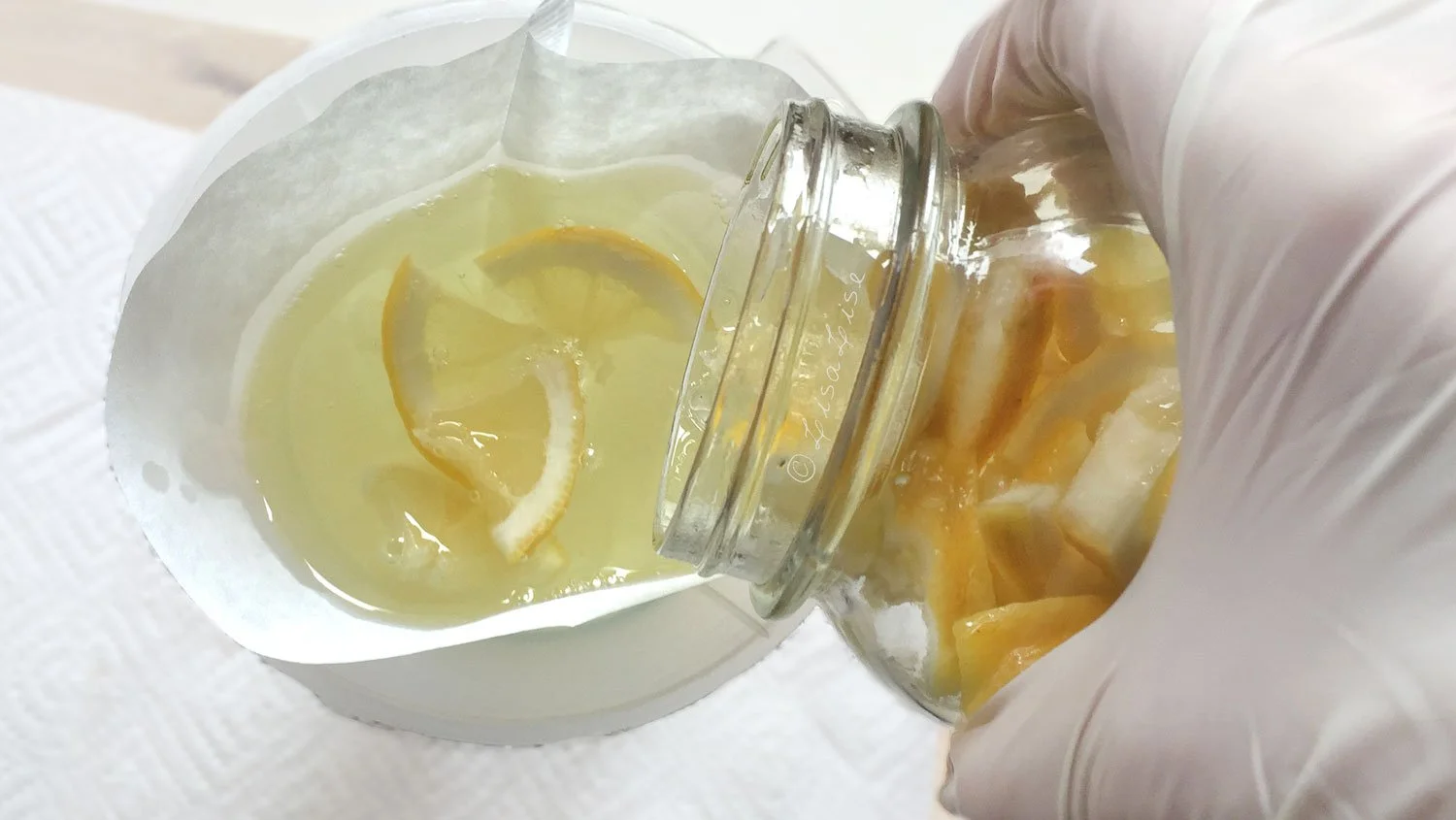How to Make a Strawberry Glycerite with Preservative
Lise
Today, we’re making strawberry glycerite.
You: Lise, it’s not summer, and there are no strawberries available.
Me: It’s summer in Australia right now, so somewhere on the planet, this is a timely post.
Important: Use the ripest, plumpest, freshest (organic) strawberries available to you for optimal results. If that means you have to wait for summer, then wait. Trust me when I say it will be worth it.
Because we are using fresh strawberries (which are about 92% water), there is no need to add any water.
Ingredients
Fresh strawberries
Glycerine
Preservative (I used benzyl alcohol)
Water to Glycerine Ratios
One of the most common ratios of water-to-glycerine for an extract with preservative is 50/50. It’s easy to work with too.
I generally start by seeing how much preservative is recommended, choose a dosage a little higher than middle, then calculate ‘backwards’ to find how much glycerine and strawberry to add. I used benzyl alcohol in this extract which has a recommended max dosage of 1%. But because glycerine is ‘aiding’ the preservative, I chose to use less than max: 0.6%. I made this pictured batch some years ago and it performed beautifully so if I were to repeat this today, I would use the same amounts.
Strawberry Glycerite with Preservative
| Ingredient | % |
|---|---|
| Preservative | 0.6 |
| Organic Strawberries | 49.7 |
| Glycerine | 49.7 |
Method
Sanitise the jar and equipment
Place the jar on a scale and set to 0
Slice or chop the strawberries
Add strawberries to jar to desired weight
Set scale to 0
Weigh up glycerine to desired weight
Weigh and add preservative
Place lid on jar (TIP: If your lid isn’t in pristine condition, place a protective layer of food-safe paper or plastic between the lid and jar)
Place jar out of direct sunlight at room temperature. I find putting a tea towel over the jar works well.
Gently agitate the jar once a day for 7-10 days. The strawberries will start to look a little ‘spent’ and ‘tired’ when the mixture is ready for straining.
You Might be Wondering…
If we are using a preservative, can we add it after straining instead of before infusing?
Yes you can. To do so, weigh up the amount of strained liquid and then calculate how much preservative to add.
Why I don’t do it this way.
I prefer adding preservative at the beginning because the water to glycerine ratio is lower than when making a self-preserving glycerite (read: the preservative is working while the infusion is ongoing), and I just find it easier (and makes for less math) all around.
Straining
Sanitise your equipment
Place funnel in receptacle
Place filter/ lining in funnel (1-2 layers of clean muslin, cheesecloth, or suitable paper filters)
Pour mixture into funnel and allow to strain
Decant into bottle
Label and date the bottle
Store the extract cool, and use within 6 months.
Do Tell
Are you a fan of strawberries in your skincare? Please share in a comment below.
Are you a member of LisaLise Club? If not, you may want to check out what it has to offer you by clicking the picture below.
Club Highlights
We’re welcoming the new year with all kinds of great new content! Click the picture below to check out what the club has to offer you!



























